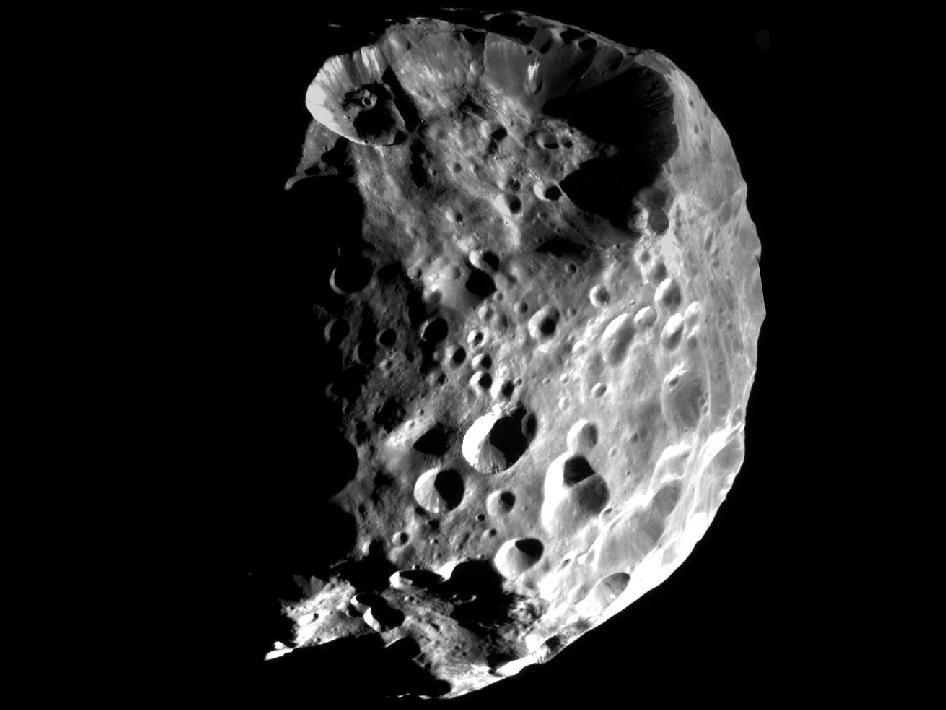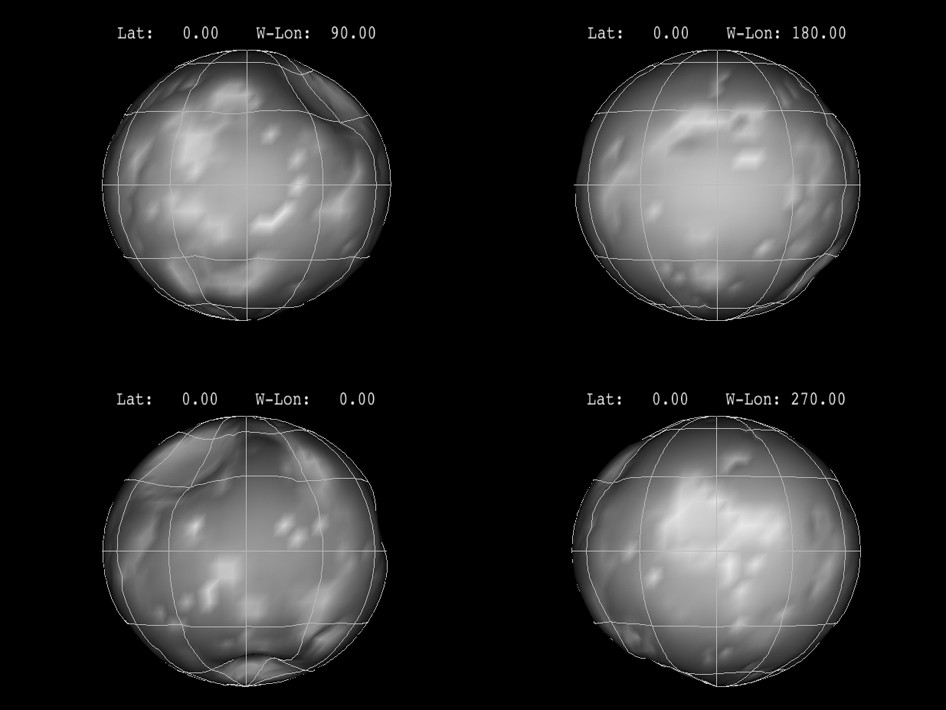Saturn’s Moon Phoebe Has Planet-Like Qualities, Says Nasa [PHOTOS]
Nasa scientists have discovered that Saturn's moon Phoebe has planet-like qualities. They have found that Phoebe is a planetesimal - is a small chunk of bodies that had existed during the evolution or formation of the planets - or a remnant planetary building block. They discovered this while analysing data obtained from Nasa's Cassini mission.
"Unlike primitive bodies such as comets, Phoebe appears to have actively evolved for a time before it stalled out," said Julie Castillo-Rogez, a planetary scientist at Nasa's Jet Propulsion Laboratory. "Objects like Phoebe are thought to have condensed very quickly. Hence, they represent building blocks of planets. They give scientists clues about what conditions were like around the time of the birth of giant planets and their moons."
The study claims that Phoebe was born within 3 million years of the birth of the solar system, which was around 4.5 billion years ago in the Kuiper Belt, a region of ancient, icy, rocky bodies beyond Neptune's orbit. The moon originally may have been spongy but appears to have collapsed in on itself as it warmed up. Its average density is about the same as Pluto.
"By combining Cassini data with modelling techniques previously applied to other solar system bodies, we've been able to go back in time and clarify why Phoebe is so different from the rest of the Saturn system," said Jonathan Lunine, scientist at the Cornell University, in a statement and a Cassini team member.
Phoebe was round in shape and the temperature of the planet was quite hot. Scientists believe that if such an object formed early enough in the solar system's history, it could have harboured the kinds of radioactive material that would produce substantial heat over a short timescale. This would warm the interior and reshape the moon.
"From Cassini images and models, we were able to see that Phoebe started with a nearly spherical shape, rather than an irregular shape later smoothed into a sphere by impacts," said Peter Thomas, scientist at the Cornell University, in a statement.
Phoebe likely stayed warm for tens of millions of years before freezing up. The study suggests the heat also would have enabled the moon to host liquid water at one time. This could explain the signature of water-rich material on Phoebe's surface previously detected by Cassini.
Scientists also found that Phoebe, which was born the far-off Kuiper Belt came near the Saturn, the Saturn's gravity captured Phoebe.
Scientists believe that several hundred million years after Phoebe cooled, the moon drifted toward the inner solar system in a solar-system-wide rearrangement. Phoebe was large enough to survive this turbulence.
More than 60 moons are known to orbit Saturn, varying drastically in shape, size, surface age and origin. Scientists using both ground-based observatories and Cassini's cameras continue to search for others.



© Copyright IBTimes 2025. All rights reserved.



















